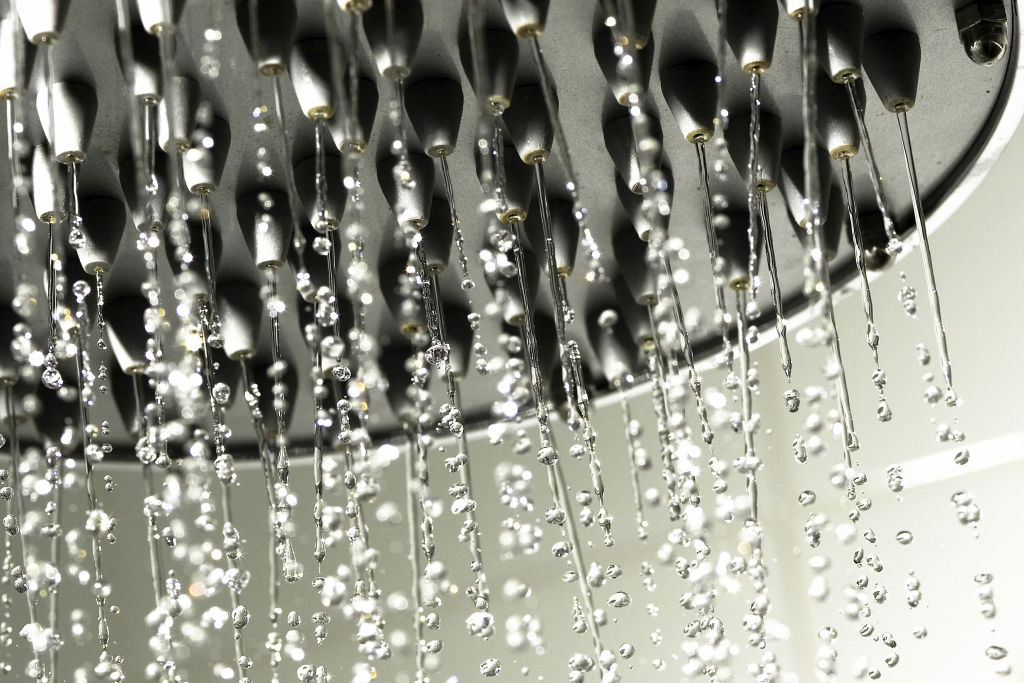The latest bathroom technology and product trends

Bathroom Finishes
All bathroom finishes must be ‘wet room’ compliant – cabinets must be made from water-resistant materials and floors must be non-slip when wet – but the next big thing in bathroom technology, according to Cameron Frazer from Ask An Architect, the building advisory service of the Australian Institute of Architects, is nanotechnology.
Nanotechnology makes it much easier to keep surfaces clean and sterile. A coating can be applied to glass, ceramic, metal, concrete and other finishes, which prevents the build-up of mould, fungus, lime, water stains and metal tarnish, and it minimises corrosion. Certain glass and ceramic nanotechnology products claim to protect your bathroom finishes for up to 10 years and reduce your cleaning by 90 per cent.
Some other water-resistant product tips include:
- Choose epoxy grout for all wet areas to avoid staining and bacterial growth, including mould.
- When it comes to waterproofing membranes, polyurethane membranes are cheaper than latex premium products. Talk to your tiler or builder about the best waterproofing material for your home – including acoustic membranes for noise reduction.
- If painting choose a primer that contains a fungicide to prevent mildew growth, and select a semi-gloss top coat that is ‘wash and wear’ friendly.
- A wide range of water-resistant vinyl wallpapers are now available, and you can add an additional design element to your modern bathroom.
Fixtures and appliances
Bathrooms are becoming much more than just a functional wet room. Here are some product and design trends that are on the rise:
- Seamless shower design – more and more showers are being designed without hobs (curbs), so the bathroom floor flows seamlessly into the shower recess. It is not uncommon for showers to be designed without any enclosure at all, or alternatively with glass walls or a walk-in design. The seamless look can be enhanced using recessed shower heads (flush with the ceiling) and linear drainage located close to the wall.
- Going multiple – from double shower heads to double vanities, going multiple can help a household get the most out of a single bathroom, it also adds a touch of luxury. And while single mixer taps are de rigueur these days, there has been a swing back towards traditional tapware, including separate hot and cold fixtures.
- Furniture design – it is becoming more common to see decorative lighting and furniture, including seating and tables, incorporated in the space.
- High-tech – heated flooring and towel racks can be a nice touch but what about sound and vision? The more time we spend at home and in our bathroom retreats the greater the demand for sound systems, television and computer access in each room in the house.
Tips on choosing the right fixtures and appliances
1. You get what you pay for
According to Frazer, when it comes to bathrooms you generally get what you pay for and it can be expensive. “It’s worth spending more money on bathroom fittings such as taps, toilet, basins etcetera as they will last much longer and not break or require as much maintenance. Take advice from your architect [or designer] as to the quality brands and aspects to look out for – you’d be surprised how the shape of the toilet bowl affects flushing performance.”
2. Sight before you buy
It is extremely important that you sight the materials or fixtures you plan to use in your bathroom before you commit to the purchase. This includes tiles, benchtops, light fixtures, glass work, taps, basins and toilets.
Products can look dramatically different in real life compared to a photograph and you can only judge the feel of a product in person – for example, the finish of the stone tiles you will be walking on all the time or the grip of the vanity taps.
“With finishes you need to check if it will be easy to clean and whether it will be tricky to maintain in the condition you want,” says Wilhelm Harnisch, Chief Executive, Master Builders Australia. “It may look amazing in a magazine and for a few days after install, but if it’s difficult to maintain or incompatible with your lifestyle – kids, pets or a messy partner – it won’t last.”
This is particularly important when a product is being customised, or cut to size, as the work cannot be undone.
Try fixtures out in the showroom and when products (finishes or appliances) are delivered for installation make sure your tradesperson, or you personally, check the condition of the item and that it is the correct product, style and make.
We recommend
We thought you might like
States
Capital Cities
Capital Cities - Rentals
Popular Areas
Allhomes
More
- © 2025, CoStar Group Inc.








